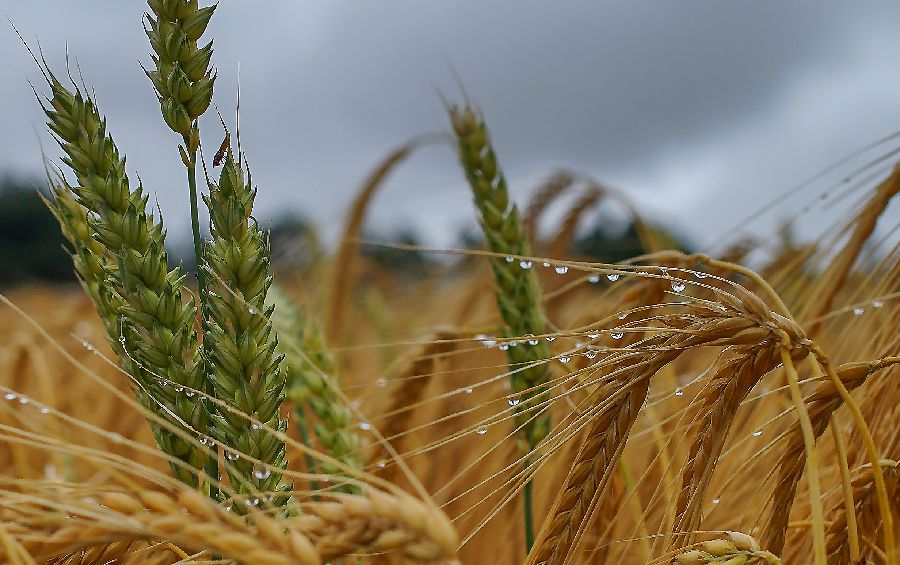Increased rainfall in Brazil and Argentina accelerates planting and lowers prices

Heavy rains in Brazil, Argentina and the United States have improved the prospects for the upcoming harvest, which increased pressure on prices amid low demand for old crops.
According to the Buenos Aires Stock Exchange (BAGE), heavy rains in the main agricultural regions of Argentina have improved the potential of soybeans, corn and sunflower. As of October 23, corn was planted on 22% of the planned 7.3 million hectares, sunflower – on 32.3% of the planned 1.95 million hectares, and soybean sowing has begun. Next week, the country will have heavy rains, which will reduce the effects of the drought of recent months, accelerate the development of crops and replenish moisture reserves in anticipation of soybean planting.
In the South of Brazil, excessive rains hinder the harvesting of wheat and the development of corn, but in the Central regions remains dry weather (especially in the state of Mato Grosso) with less than normal rainfall, which delays the sowing of soybeans and corn. Next week there will be only scattered rains.
In the Midwest and the Plains of the United States last week were showers and thunderstorms, which improved the condition of winter wheat. However, lower temperatures can stop the development of crops. The pace of harvesting soybeans and corn is higher than last year, and the rains did not significantly delay the work. Next week is expected to warm up, which in the absence of precipitation will accelerate the harvest and development of crops.
In Europe, there were periodic showers during the week, which will continue for another 5-7 days. They contributed to the development of winter crops, although they slowed down the harvest. Above normal temperatures, especially in the east of the region, accelerate the development of plants.
There was precipitation in Ukraine, but the amount was insufficient, especially in the southern regions. Next week, temperatures will be above normal, which, in the absence of precipitation, will allow the completion of winter crops and corn harvesting.
In Russia, 80% of the territory is covered with snow, but in the South there were scattered rains, which, against the background of higher than normal temperatures will improve the condition of crops.
In the South-East and the coast of Australia last week, a cold front brought showers, but the interior regions remain without precipitation. Weather conditions are not conducive to filling wheat and canola. Next week, no significant precipitation is expected, so crop forecasts remain low.
Read also
Wheat in Southern Brazil Impacted by Dry Weather and Frosts
Oilseed Industry. Leaders and Strategies in the Times of a Great Change
Black Sea & Danube Region: Oilseed and Vegoil Markets Within Ongoing Transfor...
Serbia. The drought will cause extremely high losses for farmers this year
2023/24 Safrinha Corn in Brazil 91% Harvested
Write to us
Our manager will contact you soon



